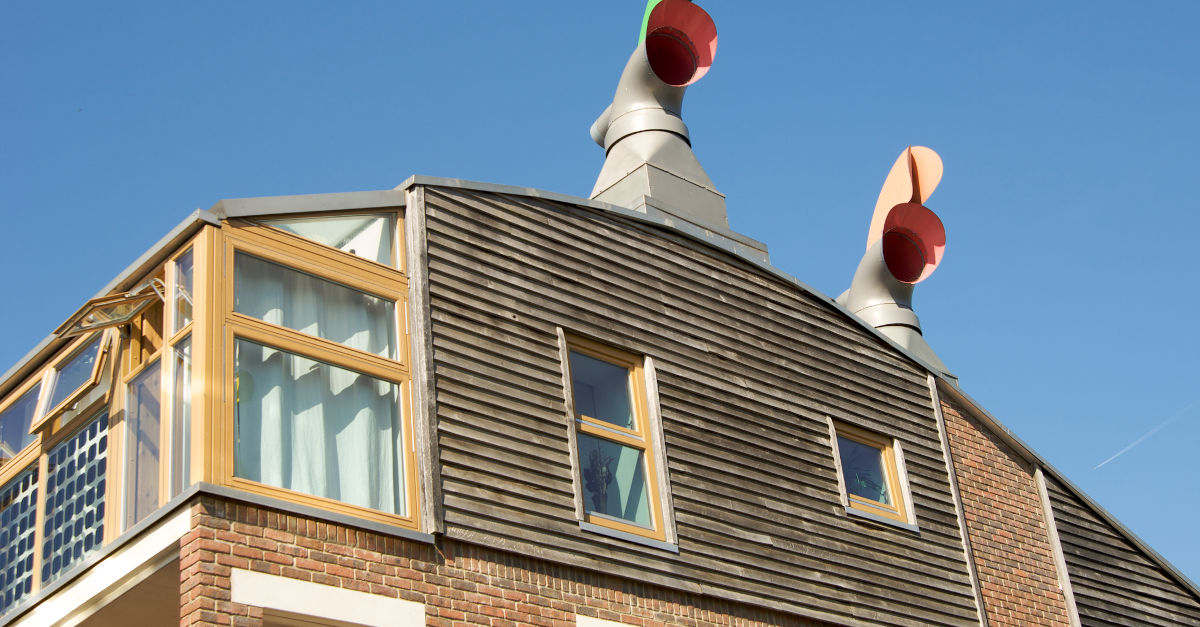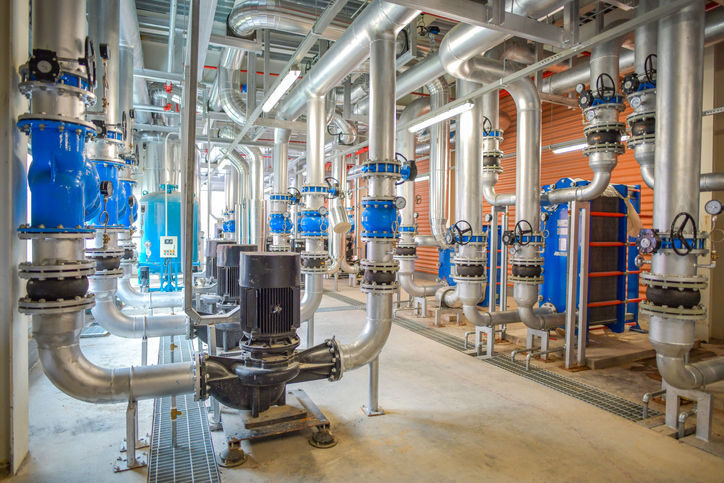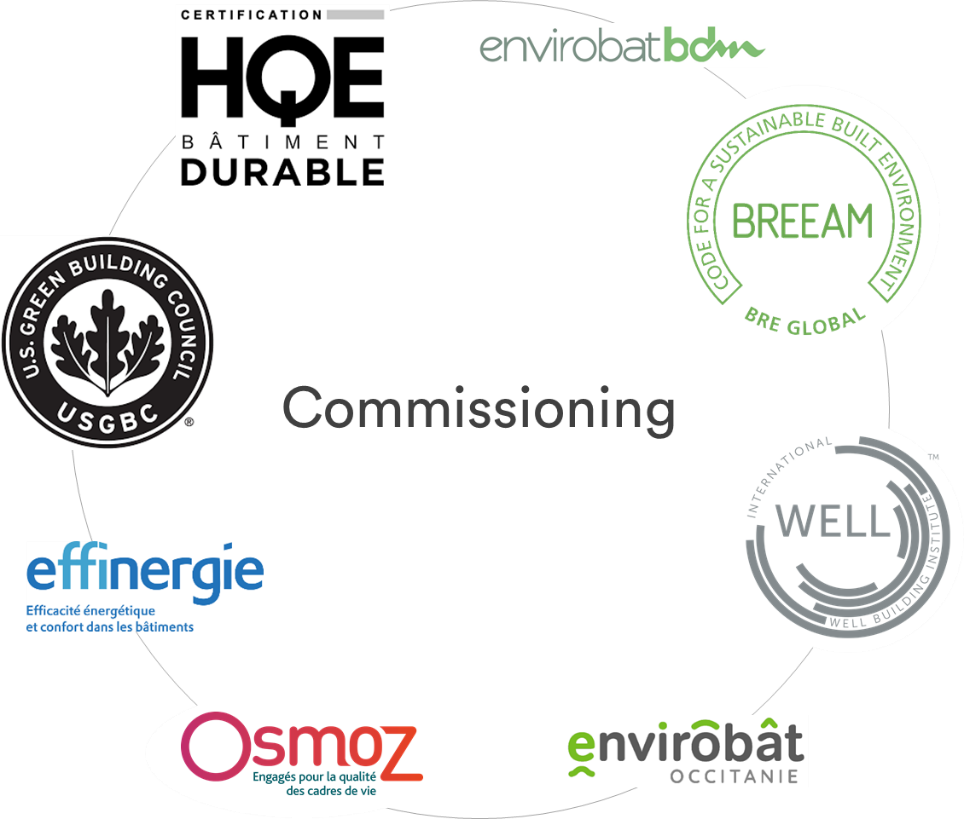
BedZED: this experimental district celebrates its 20th anniversary. With a design focused on energy efficiency, the buildings achieve low operating consumption.
Thanks to feedback such as the highly instructive PREBATprogram, it is now sufficiently clear that selecting theoretically efficient technical equipment is no guarantee of future performance in operation.
Careful reading of the conclusions drawn from this feedback highlights the importance of anticipating the maintainability of technical installations right from the design stage, ensuring preventive maintenance of technical equipment, and optimizing control management according to occupants' needs.
In other words, designing a high-performance technological object, certified by competent bodies, only validates the technical means used. It would be appropriate to accompany the validation of the means with operating performance, in order to achieve real efficiency over the life of the building. What's more, the new technologies used promise high performance, but only if they are accompanied by fine-tuned, complex control of the systems in use. This phenomenon is intensifying with the rapid evolution of regulations, practices and recent decrees.

You can put a Formula 1 car in the hands of the average person, but if they're not trained and don't know the specifics of the machine, they'll have all the trouble in the world finishing even a single lap. And that's despite the car's advertised simulation and wind tunnel performance.
Florian Beauchet, Commissioning Manager, Sinteo
Commissioning is a process focused on anticipating quality for the benefit of operations. It is a management tool designed to achieve real energy savings while reducing building operating costs.
Our commissioning approach is based on a continuum that begins at the design stage, and continues through all the key stages of construction and commissioning of a new or renovated building, including the first years of operation.
In an ideal world, commissioning would begin as early as possible in the project's programming phase:

In this way, ambitions for real energy performance, maintainability and operability are assimilated during the design of the operation, in partnership with the demands of the client and the technical choices of the project manager. Objectives are drawn up and validated in line with the project's technical constraints.
These ambitions are specifically monitored during the construction phase, including the key period of static and dynamic acceptance of the installations. The transition from construction to operation is also carefully planned, to ensure that the future maintenance team has complete mastery of technical tools and documentation.
This work will continue during the first years of operation, with seasonal technical measurements of equipment performance, and monitoring of energy consumption targets and maintenance performance.

Our activity within the real estate team covers the investment, development and asset management phases. As a result, we pay close attention to the future operation of our buildings, and commissioning is of particular importance. In this respect, Sinteo has been working with us since the design phase on the "Six Degrés" construction project in Gentilly, developing 40,000 m² of office space and services (company restaurant, fitness center, shops and crèche). Sinteo's focus on the maintenance and energy performance of existing buildings was an important factor during the design phase, helping to validate the technical choices made for the project and adjust the resources to be deployed in key maintenance areas such as common areas for future occupants and technical premises. By way of example, Sinteo called on its technical design office to define a high-quality BMS installation and guarantee an interface that would be easy to use on a daily basis to achieve the targeted energy performance. During the design phase, Sinteo also carried out a study of future operating costs, with the aim of anticipating site management costs (energy and water consumption, maintenance, cleaning, services, security, waste, green spaces, etc.). This enabled us to adapt the project to the issues identified upstream. With the commissioning approach, we can now approach the handover and the start of operations with greater peace of mind.
Thibaut Fontanaud, Real Estate Projects Director, SCOR Investment Partners
Depending on the project owner's expectations, the objectives identified may vary:
Ultimately, this means substantial savings on installations, thanks to their greater durability and longevity over time. As a result, the long-term value of our real estate assets is enhanced.
Energy sobriety in the existing building sector is a major challenge in view of the climate emergency. It is also a strong desire of the public authorities leading the ecological transition.
To achieve this, energy performance objectives are no longer focused on the means to be implemented - the famous high-performance technological object - but rather on actual consumption results in relation to an absolute value or a reference year. This is the challenge of the tertiary sector eco-energy scheme resulting from the tertiary sector decree, which is perfectly suited to the commissioning of real consumption targets, which need to be anticipated prior to work using specific tools such as SED (Simulation Energétique Dynamique - Dynamic Energy Simulation). In a second phase, phase-by-phase monitoring shows whether the results can actually be achieved in operation. Relative energy consumption values can only be achieved with in-depth monitoring.
Optimized consumption in operation means not only efficient installations, but also optimized building instrumentation and monitoring tools. This is the ambition of the BACS (Building Automation and Control Systems) decree, to which commissioning is also a tool for anticipating the technical needs of these systems, so that site managers can integrate and train them appropriately during operation.
Finally, commissioning is a powerful lever for quality initiatives and performance commitment contracts. These include Global Performance Contracts (GPC), Energy Performance Contracts (EPC) and ISO 50 001 - Energy Management.
Several environmental certifications and comfort quality labels have now been added to this approach. They provide the best possible response to the expectations of concrete operational success, with verified means of implementation.

Now more than ever, this approach enables us to increase and protect the value of our assets, by encouraging well-considered and appropriate investment through a process of continuous improvement, rather than simply obtaining a certificate.
Legal information - Consent and cookie management - Privacy policy - Contact us